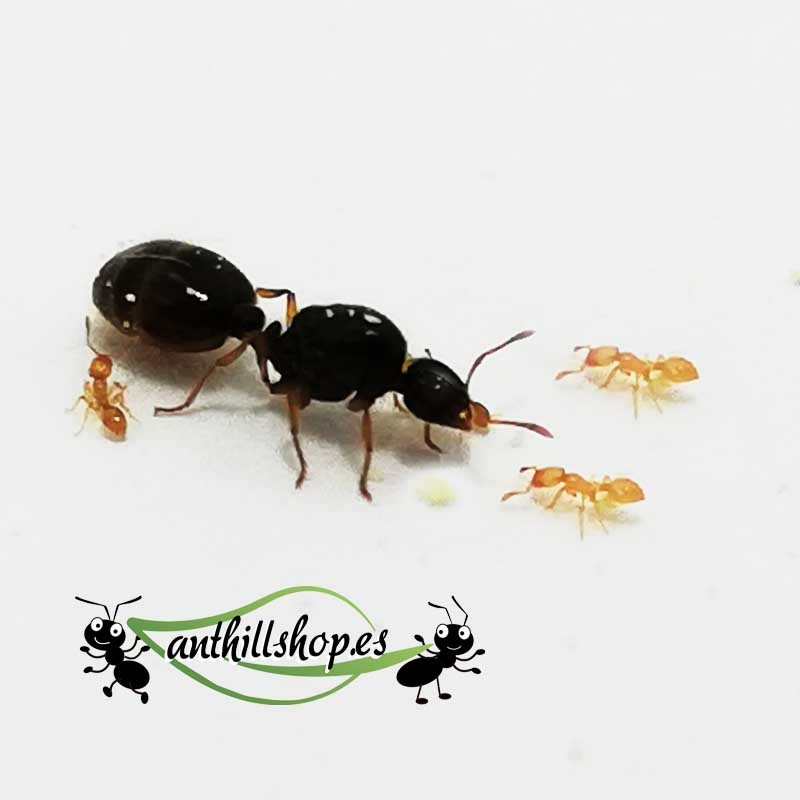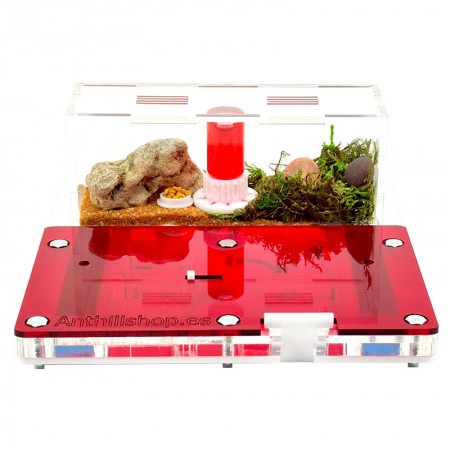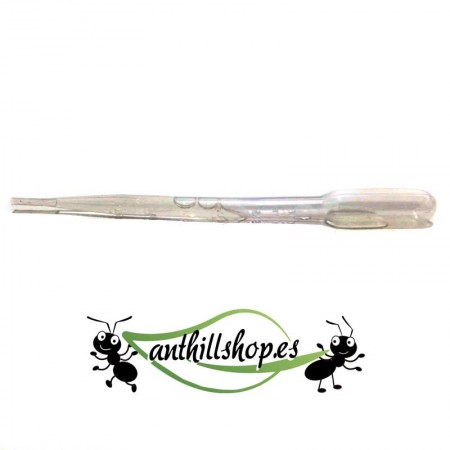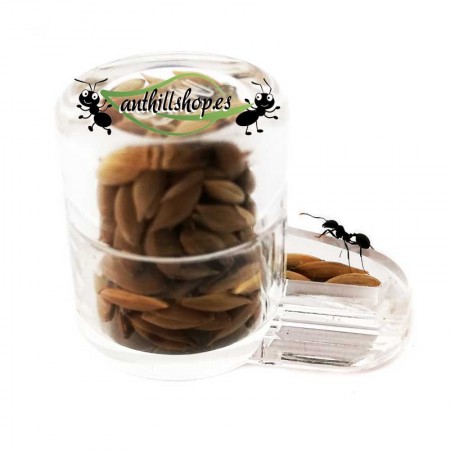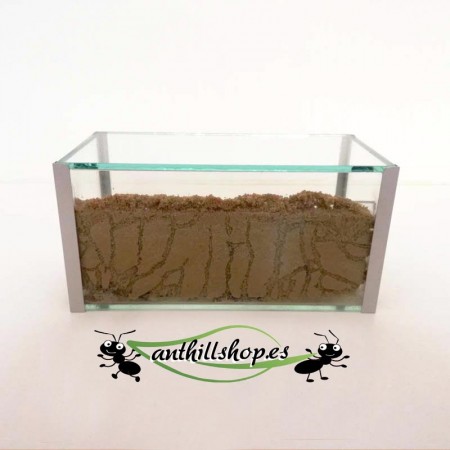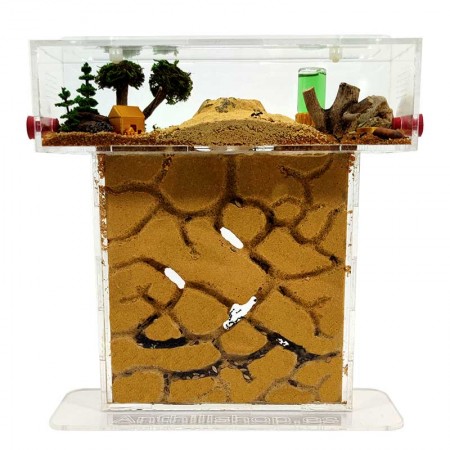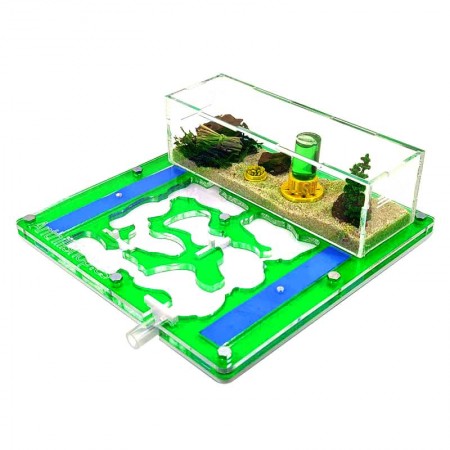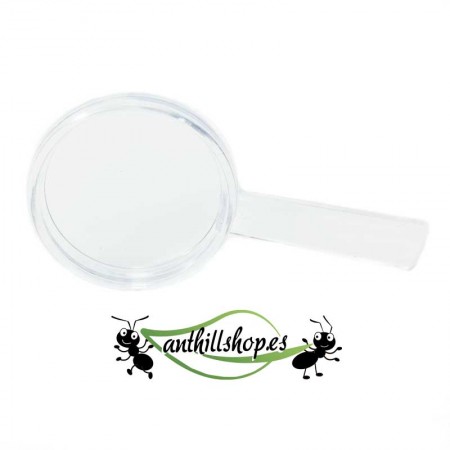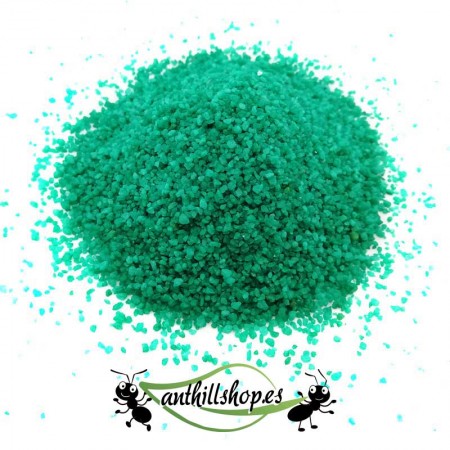COLONY OF SOLENOPSIS FUGAX
(Only one species for each order)
The colony of Solenopsis fugax is formed by a queen and 10 to 20 workers, more eggs, larvas and pupas.
It is one of the smallest species in Europe, this species is named the thief because it is a specialist in stealing eggs and larvas from other species of worms in its natural habitat.Among the species affected by these robbery are the Lasius and the Formicas.It is fed of larvas, insects and sugared liquids.
(Only one species for each order)
The colony of By Solenopsis Fugax it is formed by a queen and 10 to 20 workers, more eggs, larvas and pupas.
It is one of the smallest species in Europe, this species is named the thief because it is a specialist in stealing eggs and larvas from other species of worms in its natural habitat.Among the species affected by these robbery are the Lasius and the Formicas.It is fed of larvas, insects and sugared liquids.
The size:
Queen: 6mm - 6.5mm
Spots: 4mm - 5mm
Workers: 1mm - 3mm
OF FOOD:
Living insects, larvas, dead insects (they are carrots) etc.They also like extrafine feeds and pasta without cooking, water, water with sugar or protein jarab.The worms also taste the sweetened fluids that we will place in captivity to avoid the dehydration of the colony. According to the size of the colony, your protein needs will increase exponentially and we will have to have insects that will hunt with avidity to fulfill this need. In captivity they present a quiet character and are not immuted by strikes or vibrations.
The Territory:
Because of their very small size, they are specialists in escaping.We need to make sure that we have our well sealed beans.Recommended worms: metacrylate, stone, cortex, crystal etc.Very dependent on humidity.
You need to be very careful when feeding them, as they can dive in the micro drops or stick to the water cotton if it is very moisturized.They can dive even in condensation drops if the humidity in the worm or test tube is very high.
The temperature:
Between 21°C and 28°C
And humidity: between 50% and 70%
By Hibernation: between November and February at 15oC
Instructions included.

